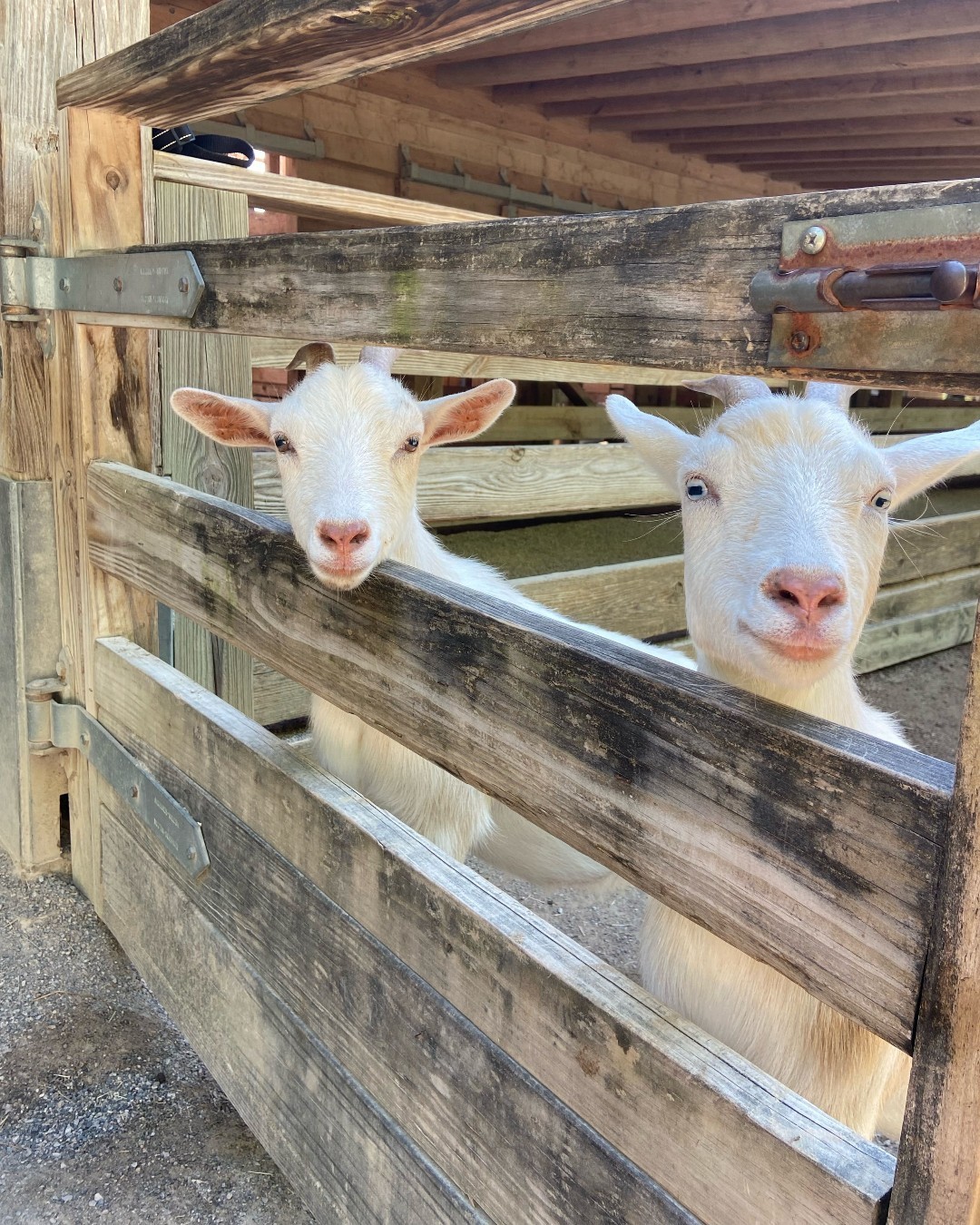- Introduction to the Children’s Zoo Barn and its Inhabitants
- The role of Flora and Fauna in the ecosystem
- Importance of interactive education in wildlife conservation
- Essential facts about goats and their care
- The broader impact of community engagement in conservation
Stepping into the Children’s Zoo Barn offers a delightful and educational experience, especially when you find L👀k who’s waiting to see you! The Saturday goat-tastic adventure is a fun outing and crucial to understanding wildlife conservation. From the playful antics of goats to the essential role of Flora and Fauna, every element in the Children’s Zoo Barn has much to teach us.
Our main attractions, Flora and Fauna, contribute significantly to the ecosystem in various ways. These animals do more than entertain; they provide visitors with firsthand insights into biological and ecological principles. Goats, for instance, play a vital role in plant population control. Their grazing habits help manage overgrowth and promote biodiversity. It’s fascinating to recognize that these fluffy creatures can significantly influence vegetation dynamics and soil health, contributing to a balanced ecosystem.
Moreover, the Children’s Zoo Barn embodies the principle of interactive learning. Children and adults develop a deeper appreciation and understanding of wildlife by engaging directly with animals like Flora and Fauna. Animal interactions have been shown to enhance cognitive function, reduce stress, and promote empathy. When visitors feed, groom, and learn about goat biology, they participate in a hands-on experience reinforcing environmental stewardship and conservation values.
Understanding goats and their care is essential for those curious about more than casual observation. Goats are incredibly hardy animals, adaptable to diverse environments. To thrive, they require a balanced diet rich in fibrous plants, adequate hydration, and regular veterinary care. Learning about these needs emphasizes the broader requirements of wildlife care and management. For instance, goats’ four-chambered stomachs and unique digestive systems are evolutionary marvels, allowing them to efficiently break down tough plant materials. Such adaptations are remarkable cases of biological engineering worth exploring.
Community engagement is another crucial element in wildlife conservation, and the Children’s Zoo Barn serves as a linchpin for these efforts. By involving local communities, zoos foster a collective responsibility towards maintaining and protecting wildlife. Engagement activities, such as volunteer programs and educational tours, empower individuals to participate actively in conservation initiatives. When visitors leave the Children’s Zoo Barn, they carry memories and invaluable lessons on environmental sustainability.
On any given Saturday, you might be surrounded by children and families eager to participate in interactive educational programs. Each activity at the barn—feeding Flora and Fauna or participating in goat yoga sessions—combines fun with learning, making conservation education more accessible and engaging. Such experiences are designed to instill a sense of wonder and responsibility towards nature in the younger generation.
The importance of maintaining biodiversity cannot be overstressed, and goats, like Flora and Fauna, are living testimonials. With their versatile diets and grazing habits, goats contribute to the maintenance of various plant species, preventing any single species from dominating the habitat. This balance ensures that multiple life forms can flourish, creating a resilient and productive ecosystem. Visitors learn about the intricate web of relationships that sustain our environment by observing these animals.
Flora and Fauna also serve as ambassadors for lesser-known conservation issues. By educating the public about the specific needs and challenges faced by goats and other barn animals, the Children’s Zoo Barn raises awareness about broader conservation topics. This approach helps bridge the gap between human activities and their impact on wildlife, encouraging more responsible behavior and advocacy for environmental causes.
In summing up the importance of such initiatives, it’s crucial to recognize the compound effect of education, community engagement, and direct interaction with wildlife. The Children’s Zoo Barn provides a microcosm where effective conservation strategies can be observed, understood, and replicated. Such models are instrumental in expanding conservation efforts on a larger scale, demonstrating that every small action contributes to a greater good.
Visiting the Children’s Zoo Barn and experiencing a goat-tastic Saturday with Flora and Fauna offers more than just entertainment. It’s an enlightening journey that illustrates the profound connections we share with the natural world and the important role that education and community engagement play in preserving it.
*****
Source Description
L👀k who’s waiting to see you! Make your Saturday goat-tastic by visiting Flora and Fauna and the rest of our friends in the Children’s Zoo Barn! 🐐
📷Amanda H., ACP, Alabama Wilds


